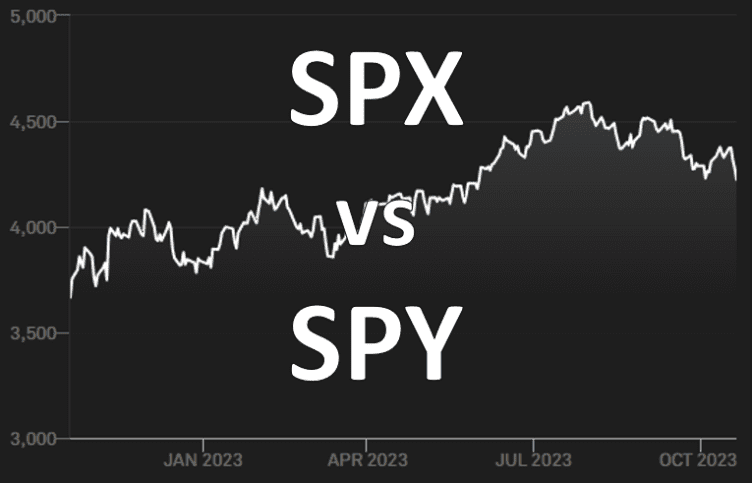Your risk tolerance and investment objectives are important considerations when investing. In this article, we’ll explore what these terms mean and how they impact your investment decisions. Understanding your risk tolerance will help you determine the level of investment risk you can handle, while defining your investment objectives ensures that your investments align with your financial goals.
Understanding Investment Risk Tolerance
Investment risk tolerance refers to your ability and willingness to handle the ups and downs of the investment market. Several factors influence your risk tolerance, such as your financial stability, investment knowledge, time horizon, and emotional capacity. Assessing your risk tolerance is essential before making investment decisions.
Imagine a young professional with a stable income and a high risk tolerance. They have minimal financial responsibilities and a long investment horizon of 20+ years. This individual may be comfortable taking on higher investment risks, such as investing in growth stocks or emerging markets, to potentially achieve substantial long-term returns.
On the flip-side, imagine you’re an investor with a low risk tolerance retiring in the next 10 years. You prioritize preserving your capital and avoiding significant fluctuations in the value of your investments. As a conservative investor, you may feel more comfortable with low-risk investments like bonds or certificates of deposit (CDs). These investments provide stability and steady income, helping to protect your capital while still generating returns.
Determining Investment Objectives
Investment objectives define the financial goals you aim to accomplish through investing. Different individuals have varying objectives based on their unique circumstances and aspirations. Let’s explore some common investment objectives:
Capital Preservation
If your main goal is to protect your capital rather than generate high returns, your objective is capital preservation. This objective is ideal for conservative investors who prioritize stability and low-risk investments. They seek to maintain the value of their investments while generating steady income.
Imagine you’re nearing retirement and have a low-risk tolerance. Your objective is capital preservation to ensure that your investments remain stable. You might allocate a significant portion of your portfolio to high-quality bonds or other low-risk investments. These options offer predictable income and reduce the risk of significant loss.
Income Generation
Investors seeking regular income often focus on investments that generate cash flow. The objective of income generation involves investing in assets like dividend-paying stocks, bonds, or real estate investment trusts (REITs). These investments provide consistent returns to supplement your earnings.
For example, let’s say you’re a retiree with a moderate risk tolerance. Your objective is income generation to support your living expenses. To achieve this, you might construct a portfolio that includes dividend-paying stocks, corporate bonds, and rental properties. These investments generate regular income streams, ensuring a reliable source of cash flow.
Capital Growth
If you have a long-term investment horizon and a higher risk tolerance, you may prioritize capital growth. Investors with this objective are willing to take on more risk in pursuit of potentially substantial returns.
Consider a young investor with a high-risk tolerance. Their objective is capital growth to maximize their long-term wealth. They might allocate a significant portion of their portfolio to growth-oriented assets, such as stocks in emerging industries or technology companies. These investments have the potential for substantial returns over time, although they also come with greater market volatility.
Speculation
Speculative investors are willing to take on significant risk for the potential of substantial returns. They often engage in high-risk investments like options trading, cryptocurrency, or investing in early-stage startups.
Speculative investing is suitable for an experienced investor with a high-risk tolerance. Their objective is speculation, aiming for extraordinary returns. They might allocate a small portion of their portfolio to high-risk assets like cryptocurrencies or angel investments. While these investments carry considerable risk, they also offer the possibility of significant gains.
The Relationship Between Risk Tolerance and Investment Objectives
To make sound investment decisions, it’s crucial to align your risk tolerance with your investment objectives. Striking the right balance between risk and return is key. An aggressive investment approach with high-risk investments may not suit someone with a low-risk tolerance and a capital preservation objective.
A middle-aged investor with a moderate risk tolerance is likely seeking capital growth but also prioritizes the safety of their initial investment. To achieve their goals, they might opt for a diversified portfolio consisting of both growth-oriented stocks and relatively safer investments like blue-chip stocks or index funds. This approach balances the potential for higher returns with the need for stability.
Strategies for Managing Investment Risk Tolerance and Objectives
Your risk tolerance and investment objectives can change over time due to various factors such as life events, changing market conditions, or personal circumstances. Regularly reassessing these aspects ensures that your investment strategy remains aligned with your goals and comfort level.
Wrapping Up
Understanding your risk tolerance and defining your investment objectives are crucial steps in developing a successful investment strategy. By aligning your risk tolerance with your investment goals, you can make informed decisions that maximize the chances of achieving financial success. Remember to regularly reassess your risk tolerance and investment objectives to adapt to changing circumstances. Seeking guidance from a financial advisor can provide valuable insights and personalized recommendations tailored to your specific needs. Start your investment journey with a clear understanding of your risk tolerance and objectives to build a strong foundation for long-term success.



